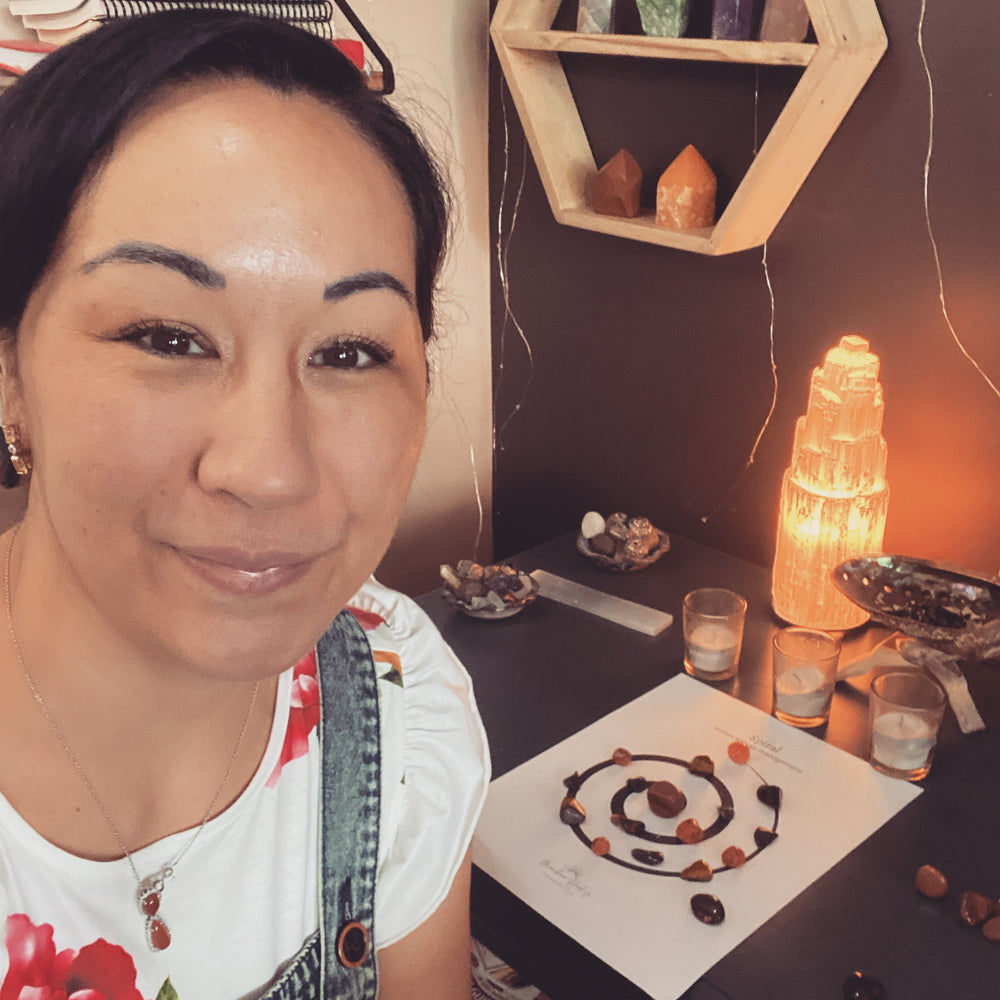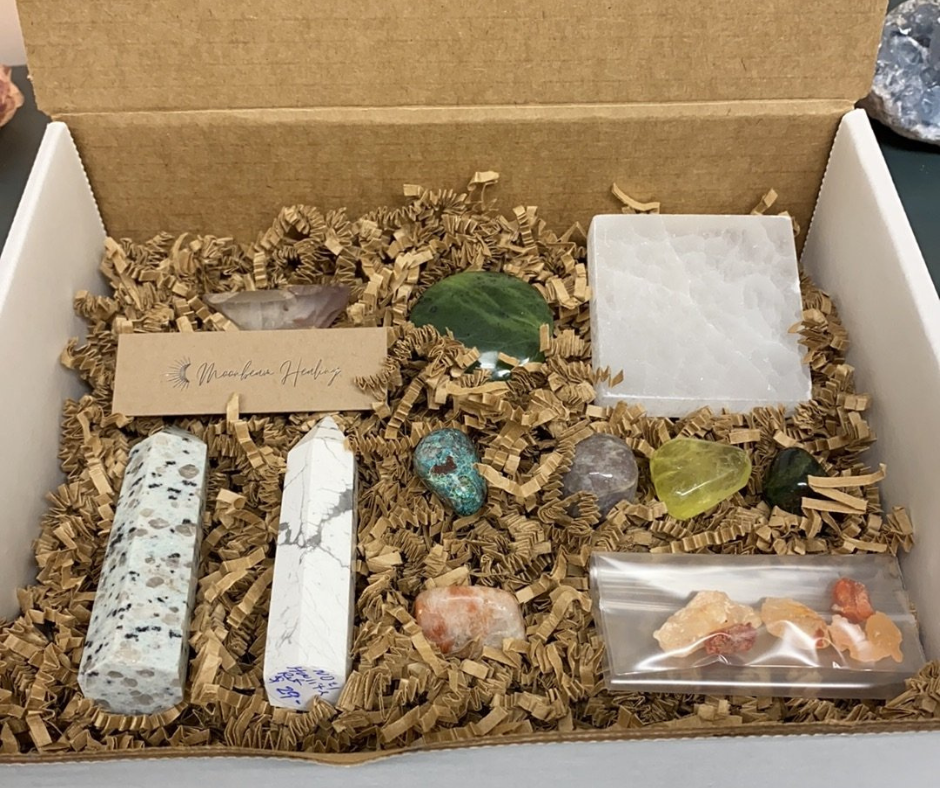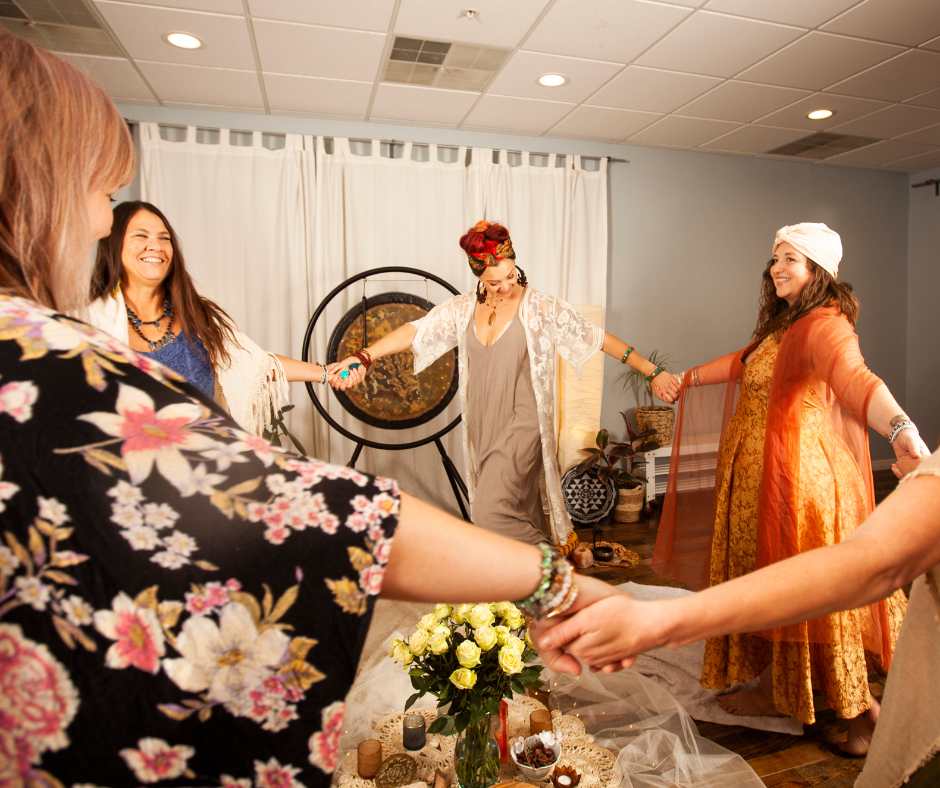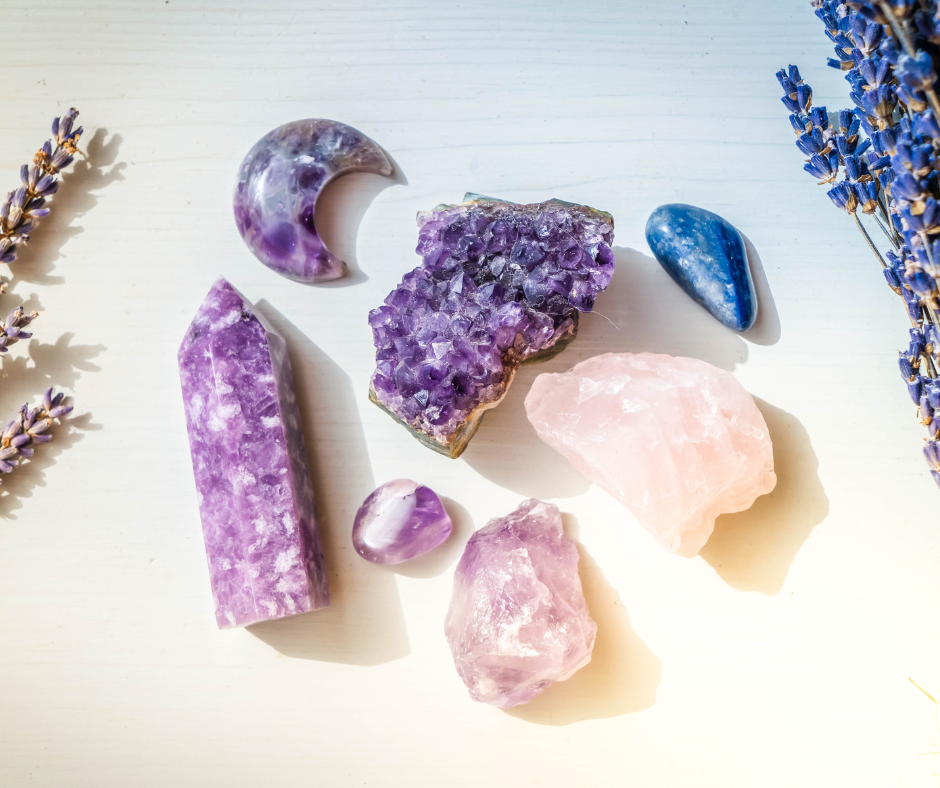These past few years have brought some pretty major changes... Changes in my personal and professional lives, not to mention the added stresses brought on by the pandemic, have at times brought me to a standstill.
While I value the power of meditation to refocus and find clarity, there’s just something special about Reiki that’s had a profound impact on my ability to heal both physically and emotionally.
Reiki (pronounced “ray–kee”) is a Japanese form of alternative medicine that encourages emotional and physical healing. The word Reiki is derived from the Japanese words “rei” (universal) and “ki” (life energy); it’s sometimes also called energy healing or biofield energy therapy. The idea of the practice is that everything in the universe is made up of energy, and when that energy is out of balance, illness or disease occur. To restore an energy imbalance, a trained practitioner can skillfully help energy flow passively, allowing the rebalanced body to heal itself.
When there has been a physical injury or emotional pain, energy can stagnate in the body. These energy blocks can cause illness. Reiki helps move these energy blocks in a similar way to acupuncture or acupressure. By improving the flow of energy around the body, the body can better relax, reduce pain, speed healing, and reduce other symptoms of illness.
Reiki practitioners use a technique called palm or hands-on healing. “Universal energy” is transferred through the palms of the practitioner to the patient, stimulating the body’s natural healing abilities.
Although it can be felt by many who tune into it, the life force energy is not measurable by modern scientific techniques, making its effectiveness difficult to prove through scientific means. However, as Reiki gains more and more acceptance as an alternative healing method, there are more studies offering support to its use to promote physical and emotional health.
Benefits of Reiki
While we are not suggesting that it can replace modern medical treatments, especially for serious diseases or illnesses, there is evidence that supports the benefits of Reiki to help manage pain, stress, and emotional health alongside modern treatments or as part of a holistic healing plan.
Here are some examples of recent studies about the benefits of Reiki.
Relieves Pain, Anxiety, and Fatigue
- A unique study was conducted on the use of Reiki for chronic pain in military US health care facilities. Thirty military health care beneficiaries with chronic pain were educated about Reiki and received six 30-minute Reiki sessions over a 2-3 week period. Interestingly, the study found that the most significant effect occurred up to the fourth session. Overall, 81% of the participants stated they would consider scheduling Reiki sessions. Education and opportunity to experience this method of energy healing were noted as key for being an accepted method to assist with healing.
- A literature review conducted for the American Society for Pain Management Nursing found that, although the number of studies is limited, there was enough evidence found across 49 articles and 7 studies to suggest that Reiki therapy may be effective for pain and anxiety.
- A study conducted from September 2017 to October 2019 involving 1,278 hospitalized patients found that after receiving a 20-minute session showed an average decrease in pain.
- A small study on the effects of Reiki on women hospitalized for obstetrical- and gynecological-related conditions found that there was a positive and lingering effect after treatment.
- A 7-month long study of 180 oncology patients at the Dicle University in Turkey found that the use of guided imagery and Reiki reduced pain and fatigue.
Reduces Stress
- A study of 42 primary caregivers who care for cancer patients found that all caregivers found the caring process less stressful after their sessions.
- A Brazilian study with a larger participant group (122 participants) found that massage followed by rest or Reiki helped reduce stress levels and improve the quality of life of outpatients.
Supports Mental Health
- A literature review for the journal of Psychiatric Nursing and Mental Health found that Reiki was an effective strategy to care for stress, anxiety, depressive symptoms, pain relief, and quality of life improvements for people in mental suffering.
- A small study evaluated the effect of Reiki on healthcare workers negatively impacted by the pandemic and found that after four 20 minutes sessions, frontline healthcare workers felt less stressed, anxious, and had a better sense of well-being.
What to Expect at Your First Reiki Session
If you’ve been suffering from stress, anxiety, fatigue, physical or emotional pain, you may experience a great sense of relief from a series of Reiki treatments.
When looking for a Reiki practitioner, be sure to ask about their training. They should have received training from a Reiki Master and will have achieved one of three levels:
- First degree - the practitioner learns how to open the energy channels on a physical level to connect to the universal life force energy.
- Second degree - the practitioner learns “Reiki symbols” and achieves level 2 attunement.
- Third degree - the practitioner is now at the teacher’s level and has the knowledge, experience, and skills to attune new practitioners.
Although Reiki can be practiced anywhere, it’s best when held in a peaceful environment. Similar to going for a massage or relaxing yoga session, dress comfortably. Drinking water before and after your session can help cleanse blockages after they’ve been opened. Your practitioner will have you sit comfortably in a chair or lie on a table fully clothed.
There are over 20 areas on the body where energy blockages are most likely to occur. You can expect your practitioner to lightly place their hands on or just over your head, limbs, and torso using different hand shapes for 2-5 minutes.
Depending on where the blocked energy is in your body, there are several types of Reiki techniques the practitioner will use, including centering, clearing, beaming, extracting, infusing, or smoothing/raking.
As the practitioner’s hands are over the body, the transfer of energy takes place. You may feel warmth or tingling in the area their hands are on or over.
The practitioner will move on to a new area when they feel the heat, or energy, in their hands has abated.
Sessions can last anywhere from 15–90 minutes.
Reiki and Healing Stones
Sometimes I find it helpful to use palm or tumbled stones on an area I want to balance and heal when doing a Reiki session. The smooth, flatter surface of a palm stone tends to lay nicely and stay in place. Placing stones around the body can work well as if placing stones directly on the body cannot happen.
There are several types of crystals or stones that Reiki practitioners may use during a healing session. Usually the stones will be placed on the chakra to support the energy healing.
- Crown chakra - clear quartz, moonstone, amethyst quartz, labradorite, amethyst
- Third eye chakra - sodalite, lapis lazuli, azurite, sapphire, dumortierite
- Throat chakra - turquoise, blue lace agate, aquamarine, blue howlite, kyanite
- Heart chakra - rose quartz, rhodonite, green agate, amazonite, unakite
- Solar plexus chakra - citrine, fire opal, golden tiger’s eye
- Sacral chakra - orange carnelian, garnet, golden tiger’s eye, stilbite
- Root chakra - black obsidian, bloodstone, tourmaline
If you’re a Reiki master or practitioner or even just someone who enjoys energy healing and would like to experience the benefit of healing stones in your practice, view our selection of palm stones here.












Leave a comment